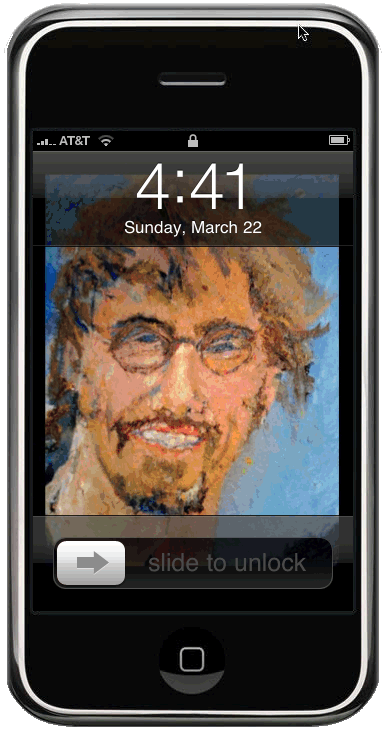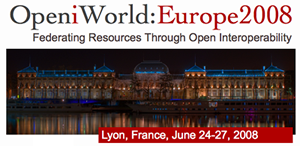 I did a presentation at the Apple AcademiX 2009 conference at MIT on iPods and 2nd Language Acquisitionin the Stata Center. Some of the projects I presented included Beginning Mandarin Chinese, Japanese Vocabulary, French verbs, phonetics and short stories.Vijay Kumar gave one of the keynote presentations focusing on openess in education and discussing projects such as MIT’s OpenCourseware, iLabs (online laboratories) and Lecture Browser.
I did a presentation at the Apple AcademiX 2009 conference at MIT on iPods and 2nd Language Acquisitionin the Stata Center. Some of the projects I presented included Beginning Mandarin Chinese, Japanese Vocabulary, French verbs, phonetics and short stories.Vijay Kumar gave one of the keynote presentations focusing on openess in education and discussing projects such as MIT’s OpenCourseware, iLabs (online laboratories) and Lecture Browser.
Paul Hammond and Richard Miller from Rutgers University gave an amazing presentation entitled “The Center Cannot Hold: Living, Learning, and Leading in a Networked World.” They spoke of an “unprecedented crisis in education” and the need for a paradigm shift that involves new forms of composition consisting of less of text and more of composition with ideas (new media composition). Indeed their presentation was an example of such as composition, seamlessly weaving text, images and video with one of them (not sure which) controlling the transitions as they spoke, boucing ideas off each other and the group as a whole.
Charles Severance, the chief architect of Sakai gave the final keynote address on “Evolving Teaching and Learning: Beyond the LMS.” Dr Chuck likened current LMS’s to dinosaurs but did not predict their immediate demise. Rather, he suggested that the LMS can be redesigned to allow new tools to be more easily incorporated. He also gave a demonstration of CloudCollab that allows a “social cloud” activated by javascript to be embedded in any page in any system.
 I co-organized a Nercomp event on
I co-organized a Nercomp event on 


 The
The